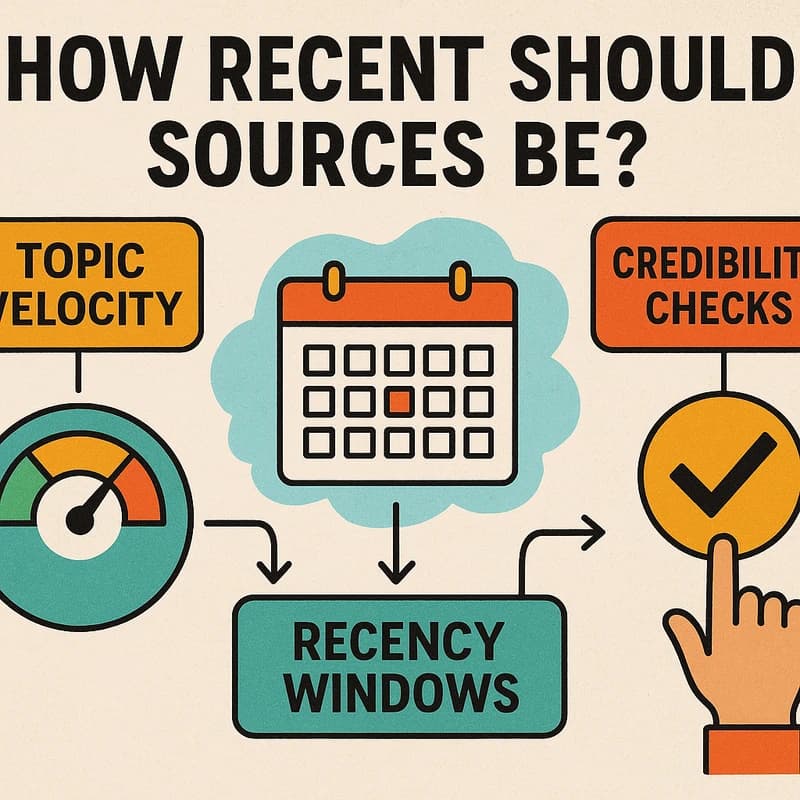Stage fright is a universal experience, affecting everyone from everyday speakers to celebrities like Zendaya. Understanding its roots and learning strategies can help transform that anxiety into extraordinary performances.
The Universality of Stage Fright
Imagine this: You're standing backstage, heart thumping like a drum solo, palms slick with sweat, and your mind racing faster than a squirrel on espresso. Sound familiar? Welcome to the club of stage fright—a universal experience that doesn't discriminate, not even celebrities like Zendaya. Whether you're about to deliver a TED Talk, perform on Broadway, or simply speak up in a meeting, the butterflies can be overwhelming. But fear not! Top speakers and even your favorite actress have cracked the code to turn that dread into dazzling performances. Let’s dive into their secrets and discover how you, too, can crush stage fright.
Understanding Stage Fright
Before we can conquer stage fright, it's essential to understand what we're up against. Stage fright, or performance anxiety, is a form of social anxiety that triggers intense fear and nervousness before or during a performance or speaking engagement. It's that uneasy sensation that can cause you to stumble over words, forget your points, or, in extreme cases, trigger physical symptoms like shaking or nausea.
Psychologically, stage fright is rooted in the fear of judgment and the desire to perform well. It's an evolutionary response—our ancestors needed to perform flawlessly to survive, and while modern public speaking isn’t a life-or-death situation, our brains sometimes treat it as such.
Zendaya's Secret Sauce
Let’s take a page from Zendaya’s playbook. This multitalented actress has graced the red carpet, headlines, and countless interviews with poise and charisma. So, how does she handle the jitters that come with being in the spotlight?
Zendaya credits her success to thorough preparation and a mindset shift. She emphasizes the importance of knowing her material inside out, which builds confidence and reduces anxiety. Additionally, she practices mindfulness techniques, such as deep breathing and visualization, to center herself before stepping into the spotlight.
“We all feel nervous sometimes,” Zendaya shares, “but acknowledging that nervousness and turning it into positive energy helps me perform at my best.”
Her approach highlights a crucial strategy: preparation and mental reframing can transform anxiety into a powerful performance tool.
Top Speakers' Top Tips
Top public speakers across the globe have their unique methods for handling stage fright, but several common strategies stand out:
Embrace the Nervous Energy
Many speakers, like renowned motivational speaker Tony Robbins, view nervous energy as excitement. By reframing anxiety as enthusiasm, you can harness that energy to enhance your performance rather than hinder it.
Practice, Practice, Practice
Repetition is key. Successful speakers like Brené Brown advocate for extensive practice—not just of the material, but of the delivery itself. This builds muscle memory and reduces the fear of the unknown.
Connect with Your Audience
Building a rapport with your audience can significantly reduce anxiety. Speakers like Simon Sinek focus on establishing a connection by sharing personal stories or asking rhetorical questions, making the experience more interactive and less intimidating.
Visualization Techniques
Visualization is a powerful tool. Speakers such as Les Brown use visualization to imagine a successful presentation, which helps in creating a positive mindset and reducing fear.
Start Small
Developing confidence gradually can make the process less daunting. Beginning with smaller audiences or informal settings allows you to build your skills before tackling larger crowds.
Psychological Insights Behind Stage Fright
Understanding the psychological underpinnings of stage fright can empower you to manage it effectively. Here are some key insights:
The Fight or Flight Response
Stage fright triggers the body's fight or flight response, releasing adrenaline and cortisol, which prepare you to either confront or flee the perceived threat. While this response is beneficial in life-threatening situations, it's often unhelpful during public speaking.
Cognitive Appraisal Theory
This theory suggests that how you perceive a situation influences your emotional response. If you view public speaking as a threat, anxiety will likely follow. Conversely, seeing it as an opportunity can reduce fear.
Self-Efficacy
Belief in your abilities, or self-efficacy, plays a significant role in managing stage fright. Higher self-efficacy can lead to lower anxiety levels and improved performance.
Social Evaluation Anxiety
The fear of being negatively judged by others is a common cause of stage fright. Understanding that most audiences are supportive and empathetic can help mitigate this fear.
Humor as a Tool to Alleviate Anxiety
Humor isn't just a great icebreaker; it's also a powerful tool for managing anxiety. Incorporating humor into your presentations can have several benefits:
Destressing
Laughing releases endorphins, the body's natural stress relievers. A well-placed joke or light-hearted comment can help both you and your audience relax.
Building Connection
Humor fosters a sense of camaraderie between you and your audience, making the environment more comfortable and less formal.
Redirecting Focus
Using humor can divert attention away from your anxiety and onto the shared amusement, reducing the spotlight on your fears.
Enhancing Memorability
Humorous content tends to be more memorable, ensuring that your key messages stick with the audience long after the presentation ends.
However, it's essential to use humor appropriately. Misjudged jokes or forced humor can backfire, increasing anxiety and disengaging the audience. The key is to be authentic and ensure that the humor aligns with your message and personality.
Practical Steps to Crush Stage Fright
Now that we've explored the strategies and psychological insights, let’s get practical. Here are actionable steps to help you overcome stage fright and deliver your best performance:
1. Prepare Thoroughly
Knowledge is power. Familiarize yourself with your material completely. Rehearse multiple times, and consider practicing in front of a mirror or recording yourself to identify areas for improvement.
2. Practice Mindfulness and Relaxation Techniques
Incorporate deep breathing, meditation, or progressive muscle relaxation into your routine. These techniques can help calm your nervous system and center your thoughts before taking the stage.
3. Visualize Success
Spend time visualizing a successful presentation. Imagine yourself speaking confidently, the audience reacting positively, and the entire experience going smoothly. This positive imagery can boost your confidence and reduce anxiety.
4. Start Small and Gradually Increase Exposure
Begin by speaking in smaller, more comfortable settings before moving on to larger audiences. This gradual exposure helps build your confidence and desensitize you to anxiety triggers.
5. Focus on Your Message, Not Yourself
Shift your focus from how you're being perceived to the value you're providing. Concentrate on the message you want to convey and the impact it can have on your audience.
6. Develop a Pre-Speaking Routine
Create a consistent routine that you follow before every speaking engagement. This could include activities like stretching, deep breathing, reviewing key points, or listening to calming music. A routine can signal to your brain that it's time to perform, reducing anxiety.
7. Engage with the Audience
Interact with your audience early in the presentation. Ask questions, acknowledge their presence, and create a dialogue. This engagement can make the experience feel more conversational and less intimidating.
8. Accept Imperfection
Embrace the fact that you might make mistakes. Perfection is an unrealistic goal, and accepting imperfections can alleviate pressure. Remember, even seasoned speakers occasionally stumble, and it's often unnoticed by the audience.
9. Seek Feedback and Learn
After your presentation, seek constructive feedback. Understanding what worked and what didn’t can help you improve and build confidence for future speaking engagements.
10. Consider Professional Support
If stage fright significantly impacts your ability to perform, seeking support from a psychologist or a coach specializing in public speaking can be beneficial. Techniques like cognitive-behavioral therapy (CBT) can help reframe negative thoughts and reduce anxiety.
Embracing Humor in Your Speaking Journey
As Dr. Raj Patel, I can't emphasize enough the role humor plays in mitigating anxiety and enhancing your speaking experience. Integrating humor not only makes your presentation more engaging but also serves as a personal anxiety buffer. Start by incorporating light-hearted anecdotes or self-deprecating jokes that resonate with your personality and the topic at hand.
Remember Zendaya’s approach—acknowledge your nervousness with a laugh. For instance, saying, “If you see me sweating up here, just know I’m as nervous as you are!” can humanize you, foster connection, and diffuse tension.
Humor should be authentic and natural. Forced jokes can derail your message and increase your anxiety. Find what genuinely makes you smile and share that with your audience. It’s a win-win: you lighten the mood, and your audience enjoys a more relatable and memorable experience.
Conclusion: Step Into the Spotlight with Confidence
Stage fright is a formidable foe, but it's not insurmountable. By understanding its roots, embracing strategies from top speakers like Zendaya, and leveraging the power of humor, you can transform anxiety into a catalyst for outstanding performances.
Remember, every great speaker started somewhere. They stumbled, felt nervous, and faced fears—just like you. The difference lies in their approach and resilience. Equip yourself with the right tools, practice diligently, and maintain a positive mindset. Before you know it, those butterflies will turn into the wings that carry you confidently across the stage.
So, the next time you find yourself quaking before a presentation, take a deep breath, recall Zendaya’s secret sauce, and remember that even the top speakers have been in your shoes. With preparation, practice, and a touch of humor, you'll not only crush stage fright but also leave a lasting impression on your audience.



